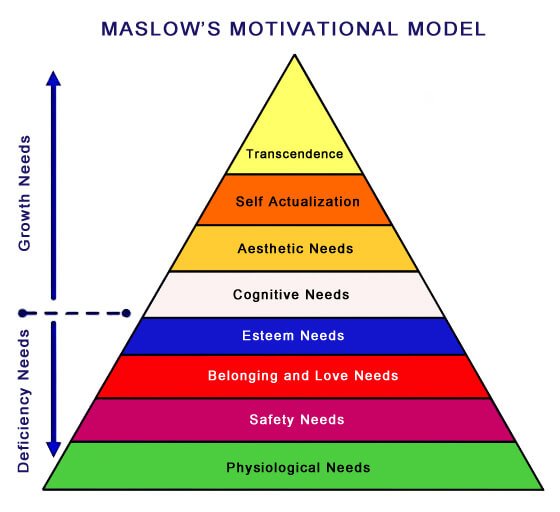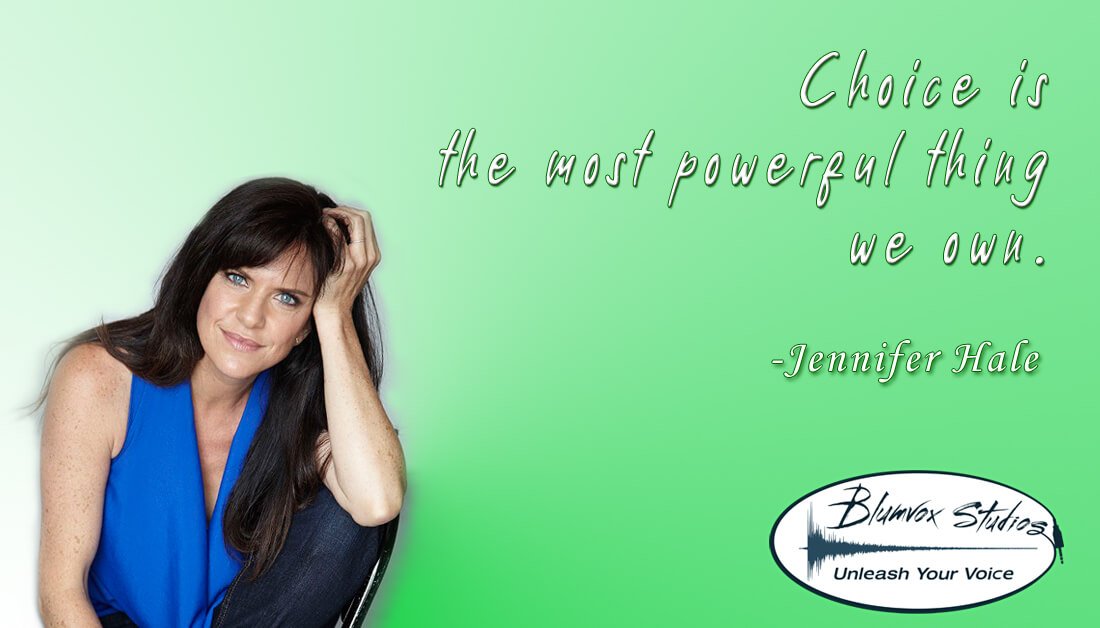[et_pb_section fb_built=”1″ admin_label=”TEAM BLOG NAVIGATION – COPY ME” _builder_version=”4.9.1″ _module_preset=”default” background_color=”#ffffff” custom_padding=”2px||0px|||” da_disable_devices=”off|off|off” locked=”off” da_is_popup=”off” da_exit_intent=”off” da_has_close=”on” da_alt_close=”off” da_dark_close=”off” da_not_modal=”on” da_is_singular=”off” da_with_loader=”off” da_has_shadow=”on”][et_pb_row column_structure=”1_3,1_3,1_3″ _builder_version=”4.9.1″ _module_preset=”default” width=”95%” max_width=”638px” custom_padding=”||4px|||”][et_pb_column type=”1_3″ _builder_version=”4.7.7″ _module_preset=”default”][et_pb_text admin_label=”Go to Previous” _builder_version=”4.9.2″ _module_preset=”default” header_text_color=”gcid-69eba93c-c516-4740-be86-e1eb7de1300d” global_colors_info=”{%22gcid-0cccf9cb-731e-421c-9a56-99eb04e96bd0%22:%91%93,%22gcid-2acd7e5c-8057-462c-b125-86f86c05bb5d%22:%91%93,%22gcid-e4be8fdb-3c12-4e7f-9f9b-6682eb2eff5d%22:%91%93,%22gcid-69eba93c-c516-4740-be86-e1eb7de1300d%22:%91%22header_text_color%22%93}”]
[/et_pb_text][/et_pb_column][et_pb_column type=”1_3″ _builder_version=”4.7.7″ _module_preset=”default”][et_pb_text admin_label=”Go to Archive” _builder_version=”4.9.1″ _module_preset=”default” header_text_color=”gcid-69eba93c-c516-4740-be86-e1eb7de1300d” global_colors_info=”{%22gcid-0cccf9cb-731e-421c-9a56-99eb04e96bd0%22:%91%93,%22gcid-2acd7e5c-8057-462c-b125-86f86c05bb5d%22:%91%93,%22gcid-e4be8fdb-3c12-4e7f-9f9b-6682eb2eff5d%22:%91%93,%22gcid-69eba93c-c516-4740-be86-e1eb7de1300d%22:%91%22header_text_color%22%93}”]
[/et_pb_text][/et_pb_column][et_pb_column type=”1_3″ _builder_version=”4.7.7″ _module_preset=”default”][et_pb_text disabled_on=”off|off|off” admin_label=”Go to Next” _builder_version=”4.9.2″ _module_preset=”default” header_text_color=”gcid-69eba93c-c516-4740-be86-e1eb7de1300d” global_colors_info=”{%22gcid-0cccf9cb-731e-421c-9a56-99eb04e96bd0%22:%91%93,%22gcid-2acd7e5c-8057-462c-b125-86f86c05bb5d%22:%91%93,%22gcid-e4be8fdb-3c12-4e7f-9f9b-6682eb2eff5d%22:%91%93,%22gcid-69eba93c-c516-4740-be86-e1eb7de1300d%22:%91%22header_text_color%22%93}”]
[/et_pb_text][/et_pb_column][/et_pb_row][/et_pb_section][et_pb_section fb_built=”1″ _builder_version=”4.9.2″ background_color=”rgba(234,228,211,0)” custom_padding=”0px||||false|false” da_disable_devices=”off|off|off” da_is_popup=”off” da_exit_intent=”off” da_has_close=”on” da_alt_close=”off” da_dark_close=”off” da_not_modal=”on” da_is_singular=”off” da_with_loader=”off” da_has_shadow=”on”][et_pb_row column_structure=”3_4,1_4″ _builder_version=”3.25″ background_color=”rgba(10,10,10,0)”][et_pb_column type=”3_4″ _builder_version=”3.25″ custom_padding=”|||” custom_padding__hover=”|||”][et_pb_post_title date=”off” categories=”off” comments=”off” _builder_version=”4.4.8″][/et_pb_post_title][et_pb_text admin_label=”BLOG CONTENT” _builder_version=”4.9.4″ header_text_color=”gcid-69eba93c-c516-4740-be86-e1eb7de1300d” hover_enabled=”0″ global_colors_info=”{%22gcid-0cccf9cb-731e-421c-9a56-99eb04e96bd0%22:%91%93,%22gcid-2acd7e5c-8057-462c-b125-86f86c05bb5d%22:%91%93,%22gcid-e4be8fdb-3c12-4e7f-9f9b-6682eb2eff5d%22:%91%93,%22gcid-69eba93c-c516-4740-be86-e1eb7de1300d%22:%91%22header_text_color%22%93}” sticky_enabled=”0″]
Slowing
Jennifer Hale was a special guest teacher in Steve Blum’s Live Teaching Series class recently. WOW! She is a powerful representation of goodness and light! Not only is she an award-winning actress, successful businesswoman, published singer and songwriter (the list goes on and on). She’s also passionately interested in helping you become the best version of yourself! And Jennifer referenced some cool stuff about Maslow’s Hierarchy of Needs, too!
I could gush for a while about Jennifer Hale’s brilliance and intense caring. But instead, I’ll focus on the fact that she applies and easily communicates psychological topics and concepts for every-day life.
Maslow’s Hierarchy of Needs
During class, Hale referenced Maslow’s Hierarchy of Needs, though perhaps not everyone knows of this concept. Therefore, I will share a bit more about it because it. It’s a motivational theory in psychology. Initially presented in 1943, it is still very prominent to this day and has multiple applications.
Maslow’s Influence
Abraham Maslow was integral in developing and communicating humanistic psychology. This included theories about basic human needs and motivation. His more prominent work was from a published paper “A theory of Human Motivation” where he introduced the Hierarchy of Needs.
How many levels?
Note that the initial theory was presented with only 5 levels. Though Maslow later updated the Hierarchy of Needs to include a total of 8 motive levels. Maslow never presented it as a pyramid, though it’s often represented as a pyramid.
Maslow’s Basic Human Needs
Maslow’s theory proposed that humans have fundamental needs in motivation. The lower, more basic needs are deficiency needs. Until those needs are met, an individual will not be as motivated for higher-level needs. Basic human needs must be fulfilled before one can properly focus their energy on higher growth. This is also known as Metamotivation.
Physiological Needs
The most basic needs are Physiological. These main physical requirements for human survival are self-explanatory and include
air, food, water, sex, sleep, homeostasis, shelter, health, and clothes.
Safety Needs
The next level of important needs is Safety related (there is some overlap with shelter and health). A person needs personal security, emotional security, financial security, and well-being. If a person doesn’t feel safe and secure, they will instinctively seek safety.
Interpersonal Needs
Once the physical and safety needs are met, the next focus is on interpersonal needs. These needs involve feelings of love and belongingness. Such love needs include Family, Friendship, and Intimacy. Many people experience loneliness, social anxiety, and/or clinical depression in the absence of love or belonging.
Esteem Needs
Beyond that, the fourth basic level of needs is Esteem needs (for self and from others). Including the need for respect from others. This could include a need for status, recognition, fame, prestige, and attention. Additionally, there is a need for self-respect. These esteem needs can include a need for strength, competence, self-confidence, independence, and freedom.
Greater Needs
Once those four basic levels of needs are satisfied, one can better focus on Self-Actualization needs. This level has since been updated with a further breakdown. These are the highest and most inclusive or holistic levels of human consciousness, behaving and relating.
Higher Order Growth Needs
For reference, the additional needs added to the expanded motivational model are directly after Esteem needs. Cognitive needs – knowledge and understanding, curiosity, exploration, need for meaning and predictability. Then, Aesthetic needs – appreciation and search for beauty, balance, form, etc. Beyond Self-Actualization is the Transcendence needs – when a person is motivated by values that transcend beyond the personal self.
Maslow’s Visual

Fluctuating Needs
This is not a simple upward chart. As life and circumstances fluctuate, so will your focus. Also, since humans can multi-task and focus on a variety of things, we usually work on developing multiple levels at the same time. It is not a linear path.
Now what?
Now that you are aware (or have a refresher) of Maslow’s Hierarchy of Needs, where will you focus your energy? Will you reach for those higher order growth needs? Will you have better energy and more understanding for the deficiency needs? Do you think you will use this information to help others around you to realize the motivations and reach their greater potential?
[/et_pb_text][/et_pb_column][et_pb_column type=”1_4″ _builder_version=”3.25″ custom_padding=”|||” custom_padding__hover=”|||”][et_pb_sidebar area=”et_pb_widget_area_1″ _builder_version=”4.4.8″ background_color=”rgba(233,228,213,0)” text_orientation=”center” locked=”off”][/et_pb_sidebar][/et_pb_column][/et_pb_row][/et_pb_section]

